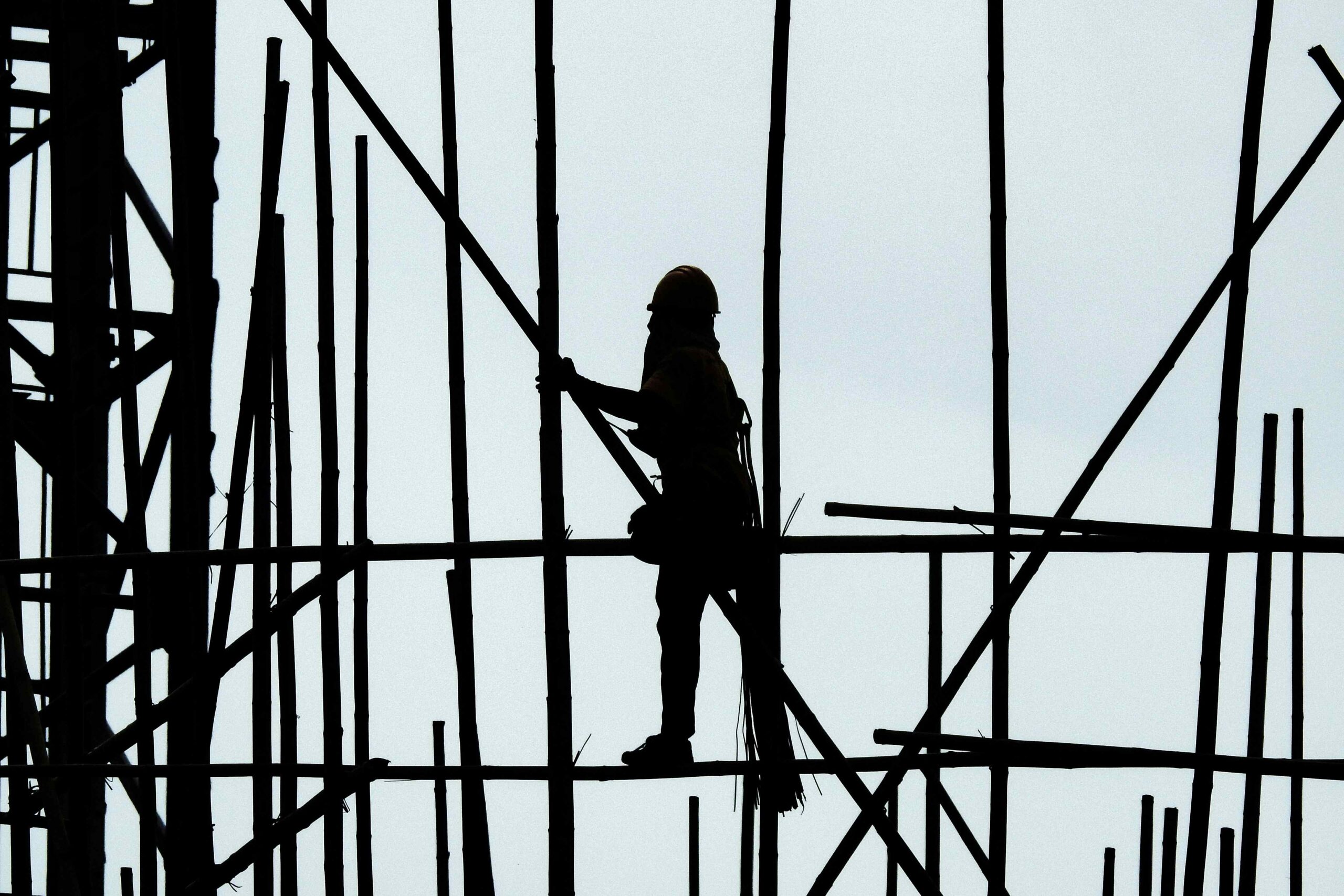The UK real estate market is encountering a period of uncertainty, as the construction sector experiences its most significant contraction in over five years. The S&P Global UK Construction Purchasing Managers’ Index (PMI) dropped to 44.3 in July 2025, signaling a sharp decline in activity, particularly in residential building and civil engineering projects. This downturn poses a serious challenge to the government’s target of constructing 1.5 million homes by 2029.
Several factors contribute to the slowdown, including site delays, a lack of tender opportunities, and hesitancy among clients to commit to new contracts. Staffing levels in the construction sector have been declining for seven consecutive months, further complicating the outlook. New orders have fallen sharply, reflecting the cautious approach taken by many in the sector.
Despite these setbacks, the residential property market is showing signs of resilience. In July 2025, UK house prices rose by 0.6% month-on-month, reaching an average of £272,664. This followed a 0.9% drop in June, indicating a stabilisation in housing demand. The annual growth rate of 2.4% suggests that buyers are still active, with affordability improving as the cost of homes has dropped relative to incomes.
The reduction in the Bank of England’s interest rates to 4.25% has also contributed to lower mortgage rates, making housing more affordable. However, inflation continues to pose a challenge, and the central bank faces a difficult balancing act between supporting growth and maintaining price stability.
As the construction sector navigates these challenges, it’s clear that the resilience of the residential market will play a pivotal role in shaping the UK’s real estate landscape. Ongoing policy measures, such as interest rate cuts and affordability initiatives, will be crucial to sustaining momentum and ensuring long-term housing goals are met.


